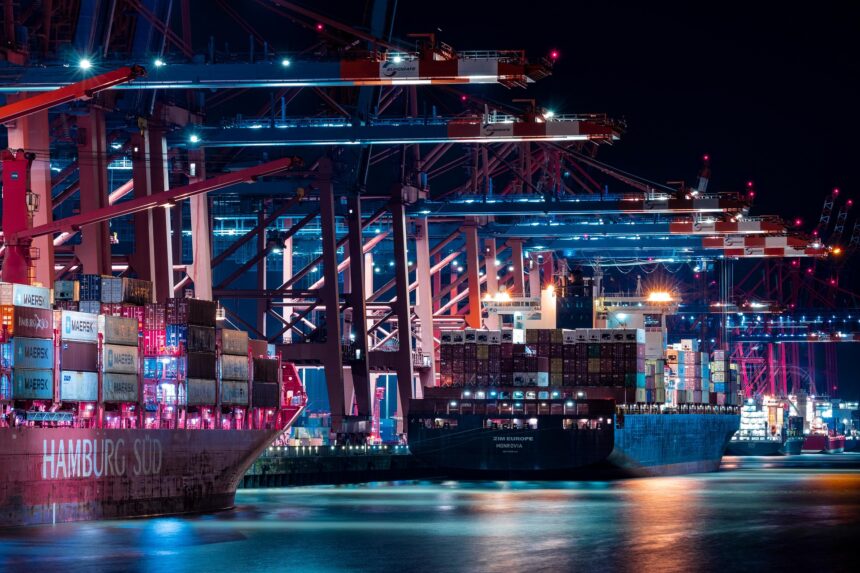As Europe scrambles for routes that steer clear of Russia, Central Asia and the Caucasus have leapt into the spotlight. Since Moscow invaded Ukraine in early 2022, trains and trucks piled with goods have been hunting paths that bypass Russia’s rails and roads—leading to a high‐stakes scramble among Kazakhstan, Turkmenistan, Uzbekistan, Kyrgyzstan, Tajikistan, and the South Caucasus nations.
Kazakhstan: The Established Transit Powerhouse
For over a decade, Kazakhstan has quietly built itself into Eurasia’s go‑to corridor. Today, an estimated 85% of goods traveling from China to the EU cut across its vast steppes. Its crown jewel is the Trans‑Caspian International Transport Route (TITR)—also called the Middle Corridor—which saw a 20% surge in cargo volumes in 2024, reaching 3.3 million tonnes. Alongside the Europe‑Caucasus‑Asia (TRACECA) corridor, Kazakhstan’s well‑worn rail lines and modern highways give it a sizable head start over its neighbors still breaking ground on new links.
Turkmenistan: From Isolation to Ambitious New Linkages
Once known for strict neutrality, Turkmenistan has quietly reinvented itself as a corridor contender. New leadership has opened the door to EU talks on extending the Middle Corridor and forging a Caspian–Black Sea route with Azerbaijan, Georgia, and Romania. Turkmenistan is also breathing life into the Lapis Lazuli Corridor, which snakes from Afghanistan through its territory into Europe. With its deepwater port at Turkmenbashi, the country now races to patch infrastructure gaps and modernize transit policies to match its lofty goals.
Uzbekistan: Building Bridges Beyond Borders
Uzbekistan is diversifying like never before. While it relies on the TITR, Tashkent is pushing the China–Kyrgyzstan–Uzbekistan Railway, slated to break ground in July 2025. This line would link into a new Middle Corridor branch via Turkmenistan—bypassing Kazakhstan entirely. At the same time, Uzbekistan is carving routes west through Azerbaijan and Georgia, south through Iran to Turkey, and even toward India via Afghanistan and Pakistan. Its message is clear: Tashkent refuses to be boxed in by geography or geopolitics.
Kyrgyzstan & Tajikistan: Sibling Rivals in Transit
Kyrgyzstan and Tajikistan both border China and dream of channeling freight west. Kyrgyzstan’s priority is the upcoming China–Kyrgyzstan–Uzbekistan Railway—an escape hatch from reliance on Kazakhstan’s network. Tajikistan, by contrast, is angling south, courting Iran’s Chabahar Port to tap the Persian Gulf. Though both lag behind their richer neighbors, a new border agreement could streamline rail and road projects, finally letting them turn mountains into highways that bind, rather than divide, Central Asia.
Azerbaijan & Georgia: The Caucasus’ Commanding Position
With a bustling port on the Caspian’s western shore, Azerbaijan holds a strategic card. The Middle and North‑South Corridors, TRACECA, the Caspian–Black Sea route, and the Lapis Lazuli path all funnel through Baku. Paired with Georgia, which offers ports at Poti and Batumi plus direct access to Turkey, the two countries form the essential bridge between East and West. Their challenge: reconcile tensions—such as the unresolved Nakhchivan corridor via Armenia—to keep goods flowing smoothly.
Armenia: Seeking Access Through Challenging Terrain
Landlocked Armenia relies heavily on Georgia to move goods toward Russia and Europe. While its partners push billions into new routes, Yerevan remains on the sidelines—locked out by political disputes with Azerbaijan and uneasy ties with Turkey. Until a lasting peace deal opens direct transit links, Armenia’s trade will depend on Georgian roads and rails, underlining how politics can hamper even the most hopeful transit ambitions.
Mongolia: Vast Land, Narrow Prospects
Mongolia’s dream of becoming a Silk Road player faces a harsh reality: it’s sandwiched between Russia and China, both difficult transit neighbors. The proposed Steppe Corridor linking Ulaanbaatar to global markets stumbles on sanctions and limited demand. For now, Mongolia watches its southern neighbors accelerate, knowing that geography and geopolitics leave its own transit potential locked behind high mountain passes and regulatory hurdles.
What the Asian Future Holds
The next decade will decide whether the Middle Corridor truly challenges Russia’s old trade dominance. If Central Asian and Caucasus nations can finish rail lines, streamline customs, and patch political rifts, the region could become a vibrant crossroads for 21st‑century commerce. For now, Kazakhstan, Turkmenistan, and Azerbaijan lead the pack—but in this crucial showdown, alliances, rivalries, and fresh funding rounds will shape which routes carry tomorrow’s Silk Road traffic.
Read Also: Trump’s Tariff Chaos Forces European Auto Giants to Ditch Financial Guidance






